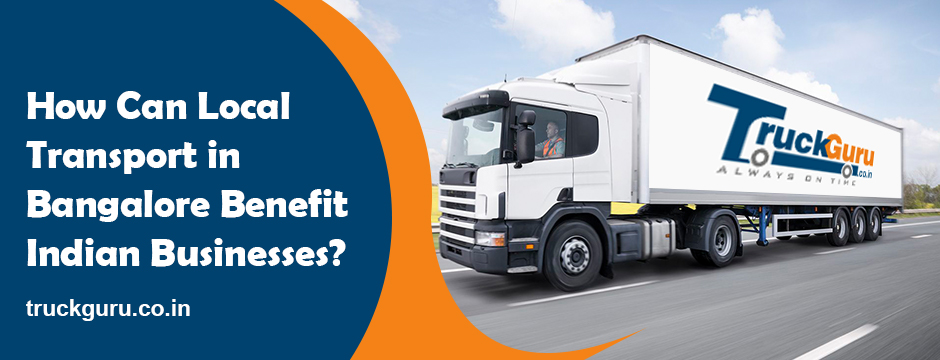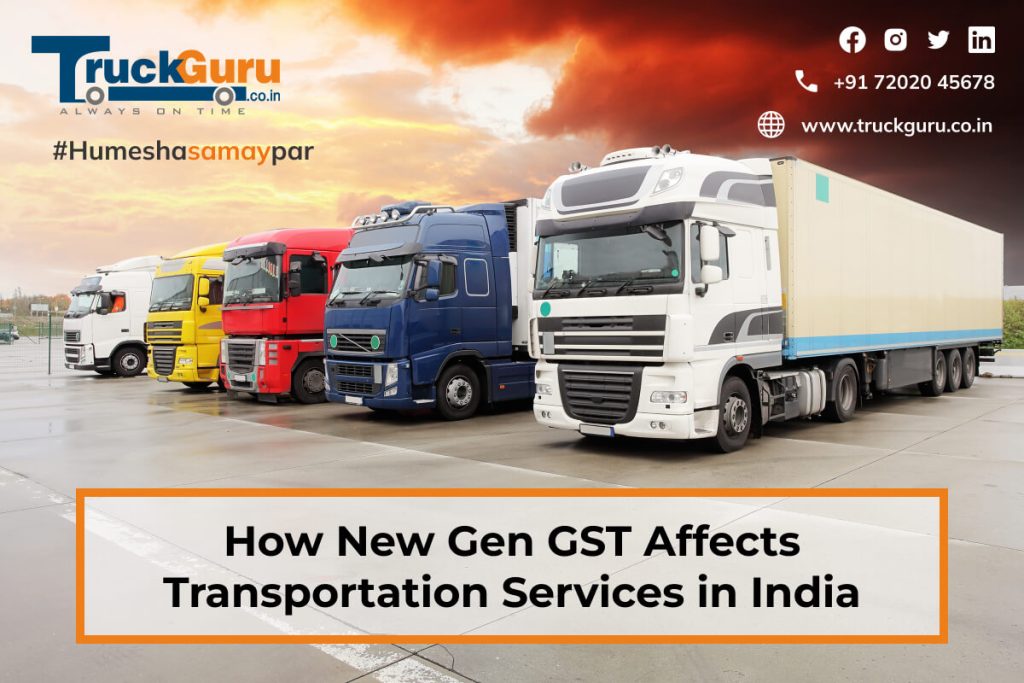
“Road Transport” is a big thing- A key pillar of the country. When we talk about the economic growth of any country, we cannot ignore the role of road transport infrastructure. Well-developed transport system attracts investment and cuts down operational costs. It enhances national and global trade.
The road transport sector contributes to the nation’s growth. Let’s check out how-
How Transport Infrastructure Supports a Country’s Economic Growth?
Transport infrastructure positively influences India’s financial growth. This impact can be witnessed in many ways.
- A good road transport helps in the smooth transportation of raw materials to manufacturing companies and finished products to end customers.
- A good road network makes workers’ lives easy. They can reach workplaces on time and safely.
- This system has improved access to education, healthcare, and social services. This impact is clearer in remote areas.
- It reduces transport time, thus helping in more efficient business operations.
- Reliable road transport attracts industries and businesses to invest and boost their ROI.
- A transport network connects villages to cities, helping farmers and small businesses reach wider markets or business hubs.
In short, road transport helps a country grow. It works quietly like an engine that helps the country become better and stronger.
Impact of Transportation on Agriculture in India
Farming is still a big part of India’s economy. Even with new technology and fast-developing cities, a big part of the Indian population still does farming, and contributes notably to the GDP.
An improved transport system helps farmers by:
- Delivering farming materials and equipment on time
- Reducing the spoilage and wastage of perishable goods
- Enabling better pricing through direct access to larger markets
- Increasing employment opportunities and generating rural income
Good road infrastructure helps farmers reach markets, sell their crops, and earn more. Ultimately, it is helping farmers live better lives.
Transportation and Industrial Growth in India
India’s factories and service companies depend on road transport. For businesses that need fast delivery, such as food, medicine, fresh fruits and perishable items, road transport is the best solution because it is quick and flexible.
Road networks help industries and economic zones by moving raw materials and finished goods conveniently. With better roads, businesses can increase production and reach more markets.
The advantages of road transport are easy to see here. Unlike planes or trains, roads give:
- Door-to-door delivery
- Lower capital investment
- Greater flexibility
- Faster delivery for short-distance routes
- Accessibility to rural and underserved regions
For industries, road transport is not merely a support system—it’s a growth enabler.
Effect of Transport on Education Access in Rural Areas
Better road transport has positively affected education in rural areas. In many villages, poor roads or no transport make it difficult for children—especially girls and those from poor families—to attend school.
With better rural road connectivity:
- Students can safely and reliably travel to schools and colleges
- Institutions can attract qualified teachers who otherwise wouldn’t travel
- Dropout rates will go down, and enrollment rates will go up.
In this way, road transport will not be known just as a way to travel. In fact, it’s a path to better chances in life.
Benefits of Road Transport Over Other Modes
Road transport offers many benefits which are not available in other modes of transportation:
- Door-to-Door Delivery: Road transport is an ideal choice for last-mile deliveries. This is especially helpful for eCommerce and perishable goods deliveries.
- Rural Accessibility: Most remote areas do not have rail tracks or airports. They are only accessible by road.
- Flexible Scheduling: Road transport lets you choose your own time and route, unlike fixed train or flight schedules.
- Suitable for Short Distances: For intra-city or inter-town transportation, road transport is both cost-effective and faster.
How Transport Boosts GDP and Productivity
Each rupee spent on roads gives back much more by helping the country earn and grow. Transport saves time, reduces costs, and helps people reach more places, which helps the country grow faster.
Better road transport infrastructure helps people do more business, find better jobs, and grow small businesses by reaching more customers. Improved roads make transport smoother for a growing country.
TruckGuru: Your Best Partner in Safe & Affordable Road Transport
TruckGuru is a leading player in the logistics sector. They provide:
- End-to-end transportation and logistics solutions to businesses under one roof
- Safe and timely cargo delivery- intercity and interstate both
- Budget-friendly pricing customized to business needs
- Instant online truck booking and real-time tracking
- Tailored solutions for industries like e-commerce, manufacturing, FMCG, and more
TruckGuru understands the unique challenges of Indian businesses and delivers affordable logistics solutions for Indian businesses of all sizes. Their customer-centric approach and commitment to quality make them a trusted transport partner in a fast-evolving economy.
Transport as the Nation’s Growth Engine
Road transport plays a critical role in the country’s economic development by empowering farmers, enabling students, connecting industries, and boosting GDP. Investing in road transport means building a stronger, easily accessible, and prosperous nation. And with a trusted transport partner like TruckGuru, moving on these roads becomes easier than ever before.





